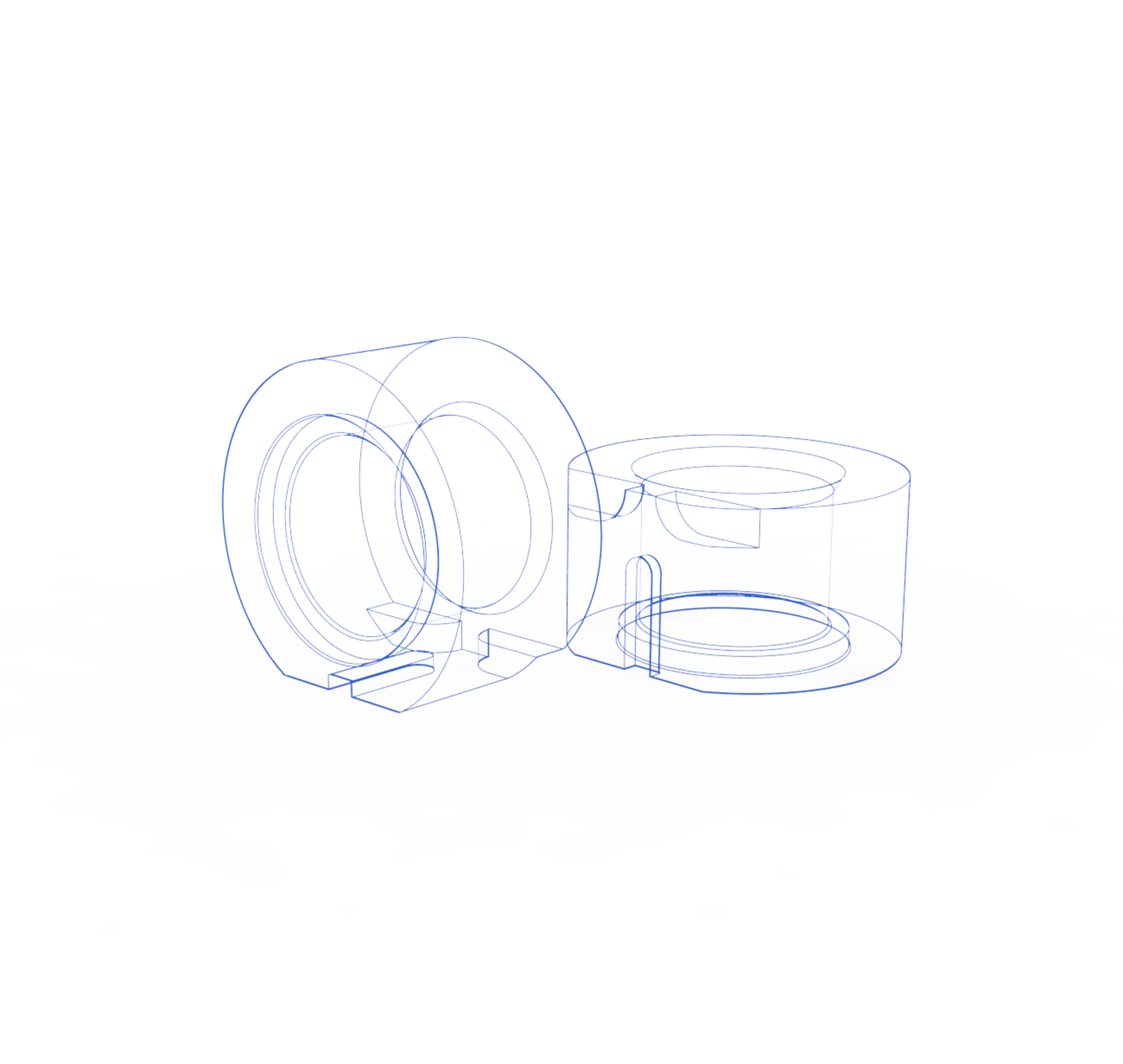What should be considered when selecting materials?
To ensure reliable operation of the pump, the material of the friction bearing must also be matched to the material of the gear shaft.
As a rule, different materials are used, whereby the bearing material is chosen to be somewhat softer than the gear shaft material.
In the case of low viscosities (media with low hydrodynamic load-bearing capacity), care must also be taken to ensure that the gaps (clearances) between the bearing and the journal are correctly selected so that the pump can also pump the desired quantity. If the clearance is too large, the pumps may have poor efficiency and not deliver the desired performance. If the clearance is too small, the shaft will start to run in the bearing and, in the worst case, seize.
When selecting materials, it is imperative to consider the thermal expansion coefficient of the material in relation to the other materials used. Only in the sum of the right material combinations, taking into account the thermal expansion coefficient of the material, the right speed as well as the sufficient load capacity of the medium, can the pump be operated reliably.
